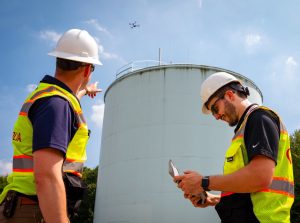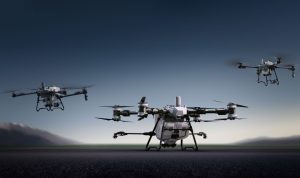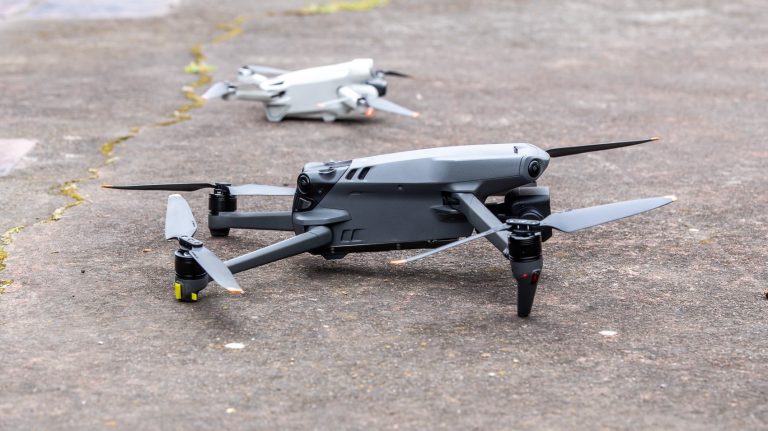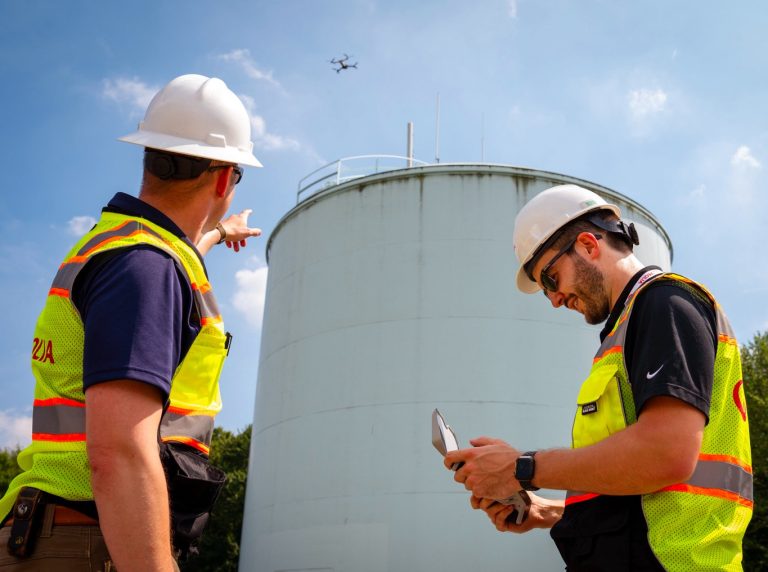A Vision for Safer Skies
In an era where unmanned aircraft systems (UAS) are becoming increasingly prevalent, the Federal Aviation Administration (FAA) has taken a pivotal step forward with the establishment of the UAS Detection and Mitigation Systems Aviation Rulemaking Committee (ARC). This initiative marks a significant milestone in the evolution of aviation safety and airspace management.
The committee’s final report, released on January 9, 2024, outlines a comprehensive strategy aimed at integrating UAS detection and mitigation systems into the National Air Space (NAS) without compromising the safety and efficiency that define our skies.
A Collaborative Effort for Progressive Policy
The ARC, formed under the directive of the FAA Reauthorization Act of 2018, embodies a collaborative approach involving key stakeholders from both manned and unmanned aviation communities, government entities, and experts in various fields.
This partnership underscores the FAA’s commitment to developing policies that are informed by a diverse range of perspectives and expertise.
The committee’s work, spanning from its inception in March 2023 to its recommendations, has been guided by a shared focus on the safety of the NAS and the dynamic challenges posed by UAS operations.
Emerging Themes and Recommendations: Toward a Safer Tomorrow
The ARC’s discussions revealed critical themes that are central to the integration of UAS detection and mitigation (D/M) systems. These include the importance of establishing Legal frameworks, enhancing real-time data sharing capabilities, formulating effective communication and response strategies, and spearheading research to set safety standards.
The committee’s recommendations are both comprehensive and forward-looking, emphasizing the need for:
- Informed Policy Making: Decisions should be grounded in an in-depth understanding of the UAS industry, treating detection and mitigation as distinct policy areas.
- Research and Standards: The development of minimum performance standards, safety frameworks, best practices, and training programs is essential for the advancement of UAS D/M technologies.
- System Testing and Authorization: The implementation of testing protocols and the involvement of approved third parties will ensure the reliability and effectiveness of D/M systems.
- Centralized Monitoring and Deconfliction: A designated entity should oversee UAS D/M system monitoring and aircraft deconfliction to maintain air traffic safety.
- Clear Approval Processes: The establishment of a transparent approval process for D/M systems at airports and other facilities, coupled with requisite training and certification, will standardize operations.
- A Scalable Regulatory Framework: A regulatory framework that includes privacy protections and data sharing programs will safeguard the interests of UAS operators and the public alike.
Charting the Path Forward
The ARC’s final report is a testament to the FAA’s dedication to fostering an environment where unmanned aircraft can coexist safely and efficiently with manned aviation. By adopting a nuanced and collaborative approach to policy development, the FAA and its federal partners are setting the stage for the responsible and innovative use of UAS technologies.
As we look to the future, the recommendations laid out by the ARC offer a blueprint for balancing the exciting potential of unmanned aviation with the unwavering commitment to safety that defines our national airspace.
























+ There are no comments
Add yours